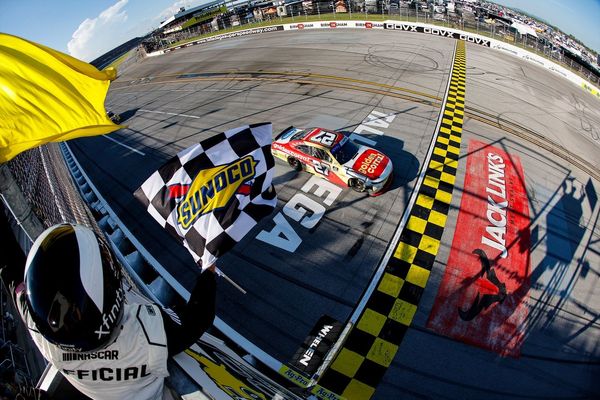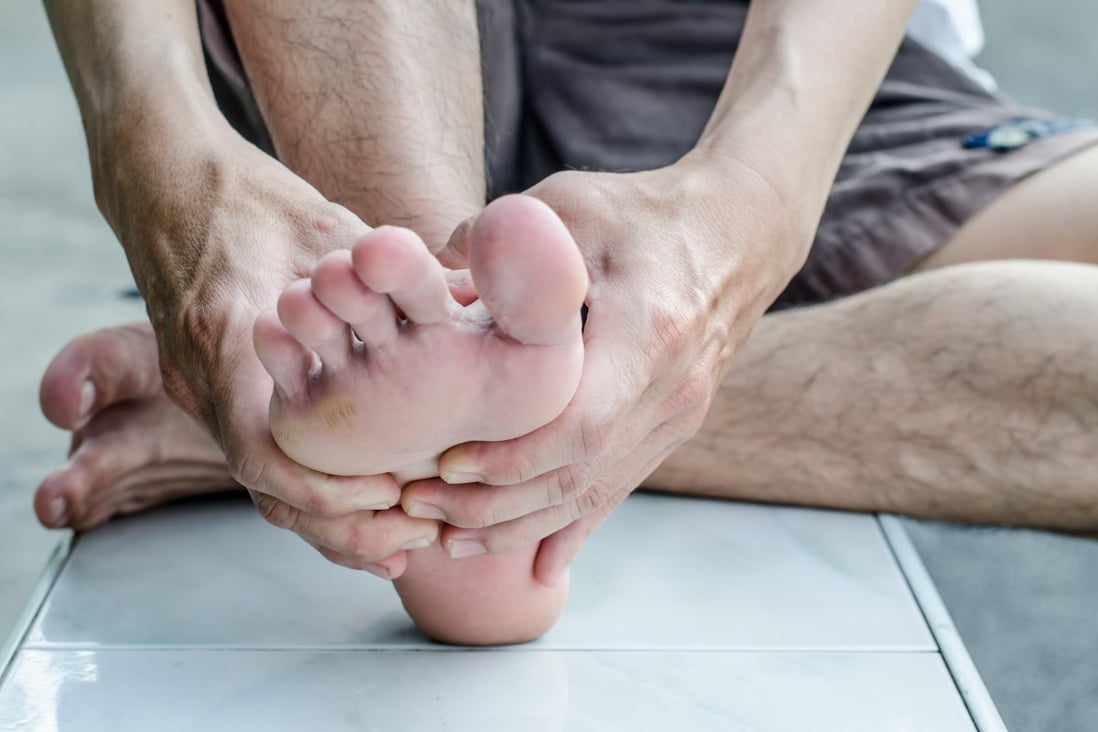
Prince Harry and Meghan Markle announced this week that they’re expecting their second child with the release of a black-and-white picture taken by London-based photographer Misan Harriman.
The photo, taken remotely via an iPad, depicts the couple looking at each other lovingly in a bucolic setting, most likely in the US state of California, where the two are now based and where they are raising their firstborn, Archie.
While the pregnancy reveal made headlines around the world, some observers couldn’t help but notice that Harry’s barefoot look was a bit unseemly for a royal. “Congratulations Harry and Meghan … but serious is there any need for Harry’s bare feet,” read one post on Twitter.
“Someone needs to buy Harry shoes. Ewwww, feet,” wrote another user. “Harry has very ugly feet. He’s like a hobbit,” read one comment on a post by British journalist Piers Morgan.

It didn’t take long for British and US tabloids to start speculating about the health of Harry’s feet. What’s wrong with the shape of his left foot? Does he have a bunion? Was it caused by his intense training while in the armed forces?
We think there’s nothing wrong with Harry’s feet, but it is true that men tend to be a bit lacking in the foot care department. While more men are booking pedicures and taking care of their feet at home, their foot care toolkit tends to be limited to nail clippers from the pharmacy.
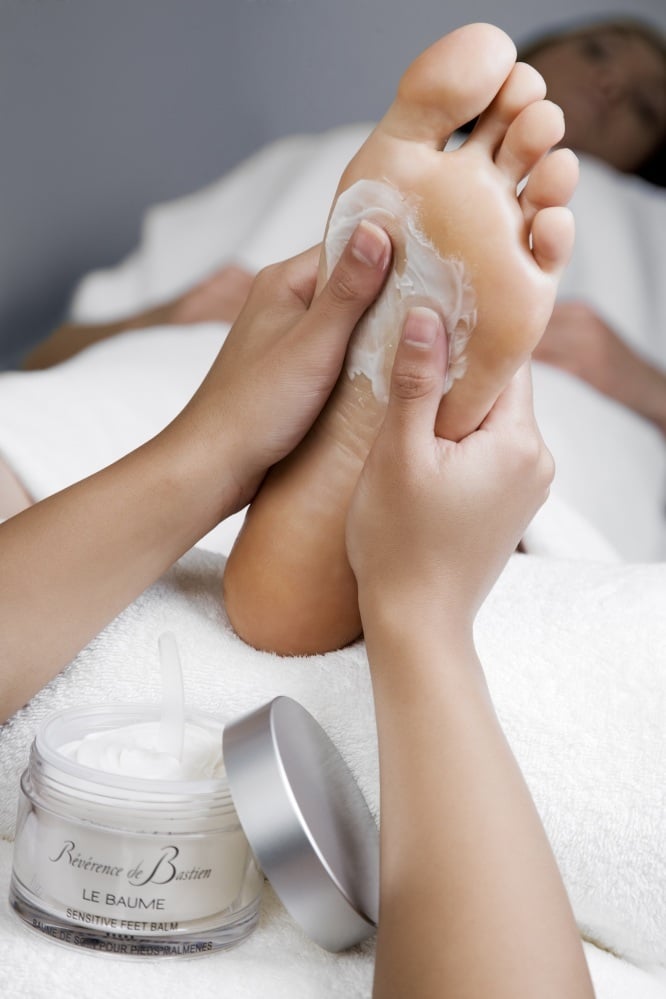
As summer approaches, there’s no better time to start taking care of your toenails and heels, although most experts agree that you should care for your feet all your round and not just when sandal season approaches.
We asked Albin Brion, studio manager and podiatrist at Pedi: Mani: Cure Studio by Bastien Gonzalez at the Landmark Mandarin Oriental, Hong Kong, to provide some useful tips about men’s feet and how to take care of them.
Don’t be intimidated
“With 26 bones, 51 muscles and 103 ligaments, the foot is a very complex part of the body and still one of the most neglected. I believe the problem is because of a lack of education and awareness and a misperception of pedicure,” says Brion.
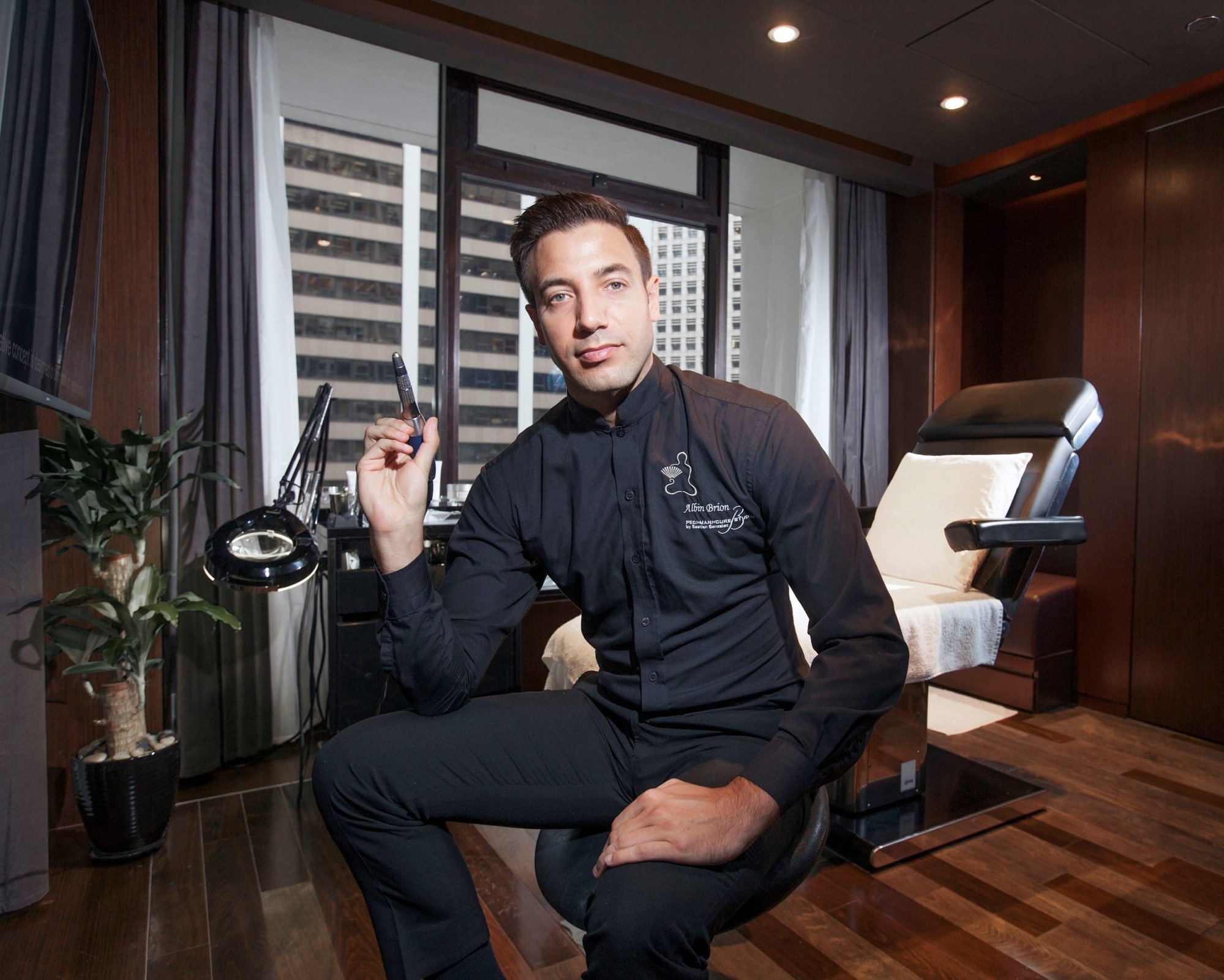
“By looking at the etymology of pedicure, you see that pedi means feet and legs while cure means treating, curing the foot in a medical way. However, in most of the salons or day spas, when you receive a pedicure the first question being asked is, ‘Which colour do you want?’ This is not a pedicure, but beauty for the feet. The term pedicure has been miscommunicated.
“This is why men don’t know where to go for proper and professional foot care and, as a consequence, neglect their feet more than women. Fifty years ago, our parents and grandparents were not used to brushing their teeth three times a day. Nowadays, the first thing we teach our children is to brush their teeth.
“Concerning the feet, we are still 50 years behind, especially among men, but it’s getting better. About 35 per cent of my customers for pedicure treatments are men, while it was only 10 per cent nine years ago.”
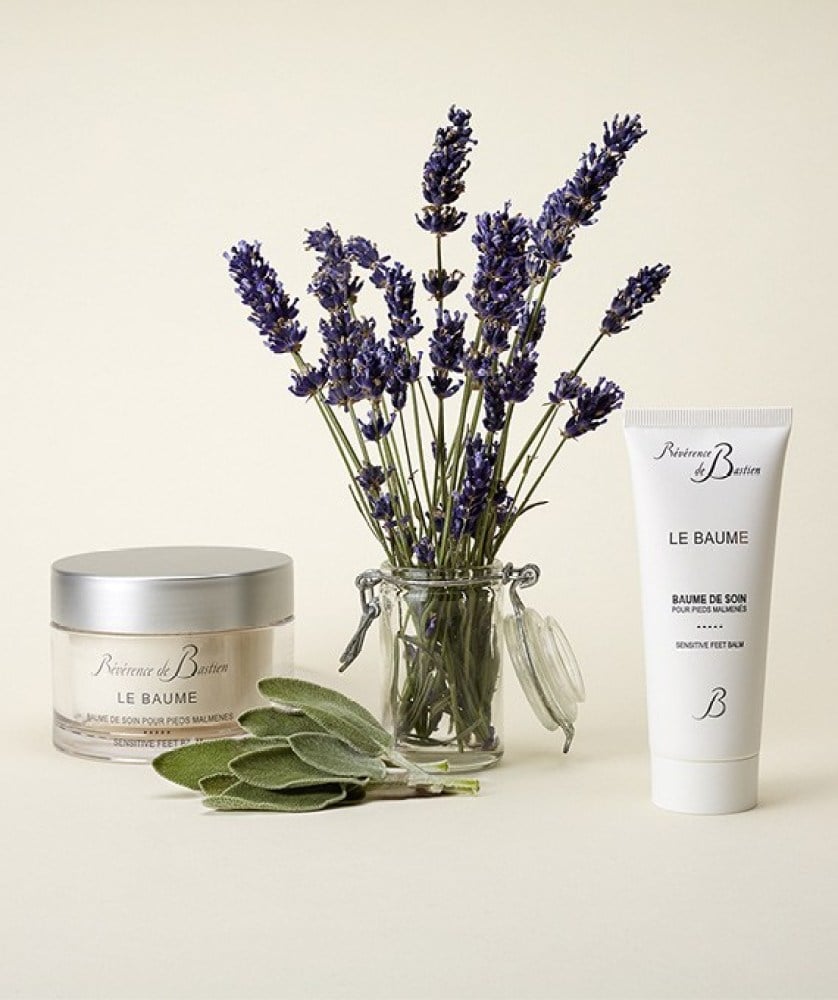
Men’s feet are different
“In terms of foot structure, men have longer and broader feet than women. Men and women, sporty and non-sporty persons do not have the same type of foot and posture problems. Athletes and sporty people have more issues,” says Brion, who is a former professional soccer player himself.
“For example, for sportsmen, the most common problems are plantar fasciitis, tendinitis, metatarsalgia, Morton’s neuroma, excess of calluses, blisters, and trauma on toes and nails.
“Constantly wearing tight and pointed shoes or – even worse – flip flops or non-supportive shoes can cause a lot of problems like dead skin or corns, developed by over-friction or over-pressure. The problem is that these types of shoes are too narrow and transfer body weight into the forefoot, which causes an abnormal position of the rest of the body, especially your back, hips, knees, ankles and feet.
Two exercises to improve health of our feet
“Women, on the other hand, face issues because they like to wear high heels.”
What you need to do
“I would suggest men get pedicures once every three to six weeks, depending on the foot condition. Cracked heels and calluses are quite common for men due mainly to the fact that they are neglecting their feet and probably not wearing the adequate type of shoes,” explains Brion.
“Treating dry skin must be done in certain ways. Do not use pumice stones or big files to remove calluses because if you remove too much dead skin you will damage collagen, and the skin will react to this aggression by building more dead skin in the future.
“A nail clipper, a glass file and a foot cream should be the three tools that men should have at home. Do not clip your nails too short – ideally 1-2 mm [0.04-0.08 inches] of the white line at the distal edge of the nail is the best length. Do not cut the nail in the corners as it can create an ingrown toenail. Use a glass file to smooth the corner of the nails.
“A good water-based foot cream is crucial to moisturise the foot on a daily basis. After taking a shower before going to bed, massage each foot for 30 seconds with a circular motion.”
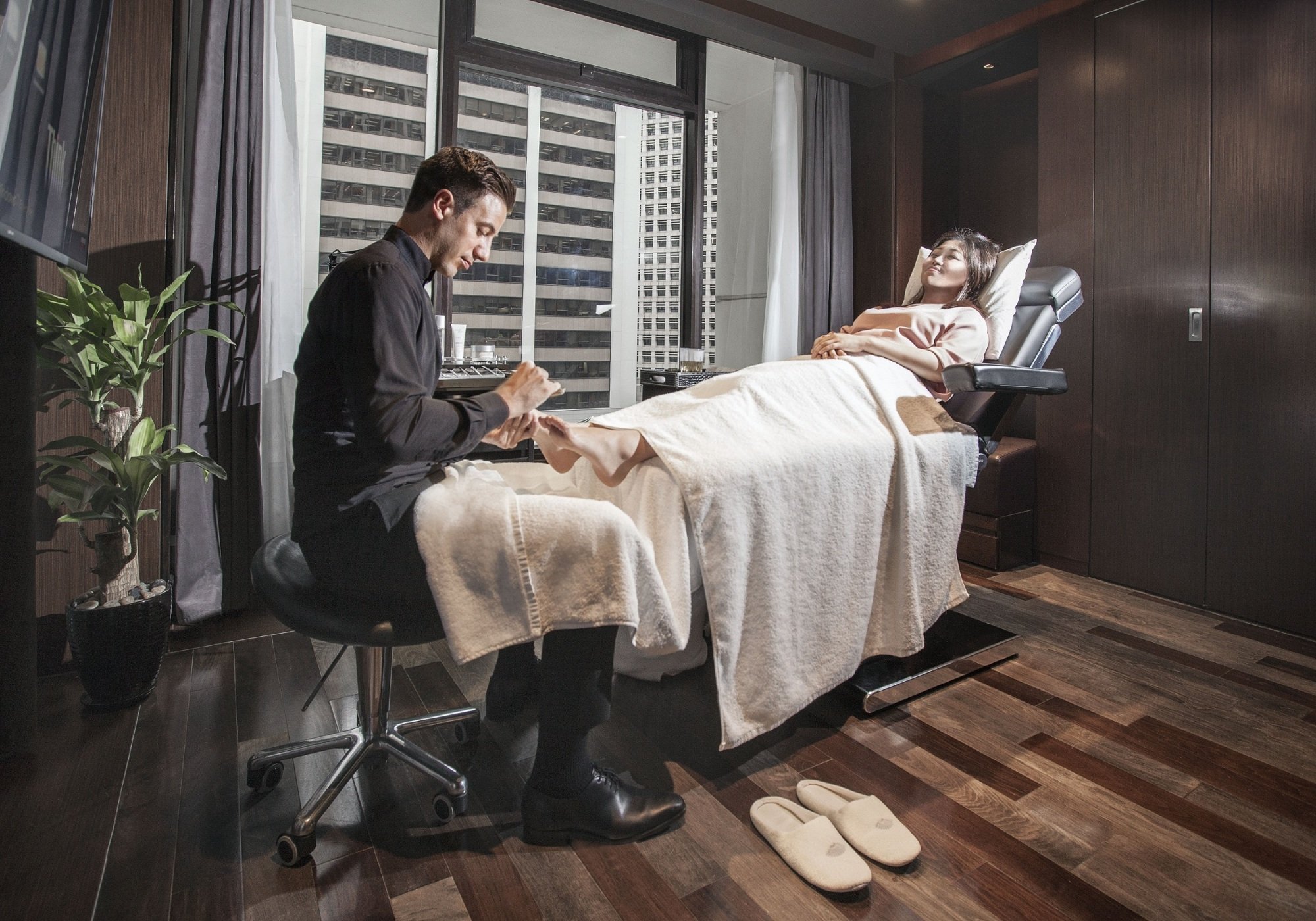
Men can also get bunions
“Bunions, or hallux valgus, are not genetic. Children are not born with bunions. Most of the foot bunions are linked to over-pronated feet, which is more common for women,” says Brion, who became a podiatrist after several ankle injuries during his career as a soccer player.
“To maintain overall foot balance, the first toe will act as a mechanical reaction move to the opposite direction, making a deviation called bunion. Indeed, men can get bunions too, but more rarely compared to women.”

